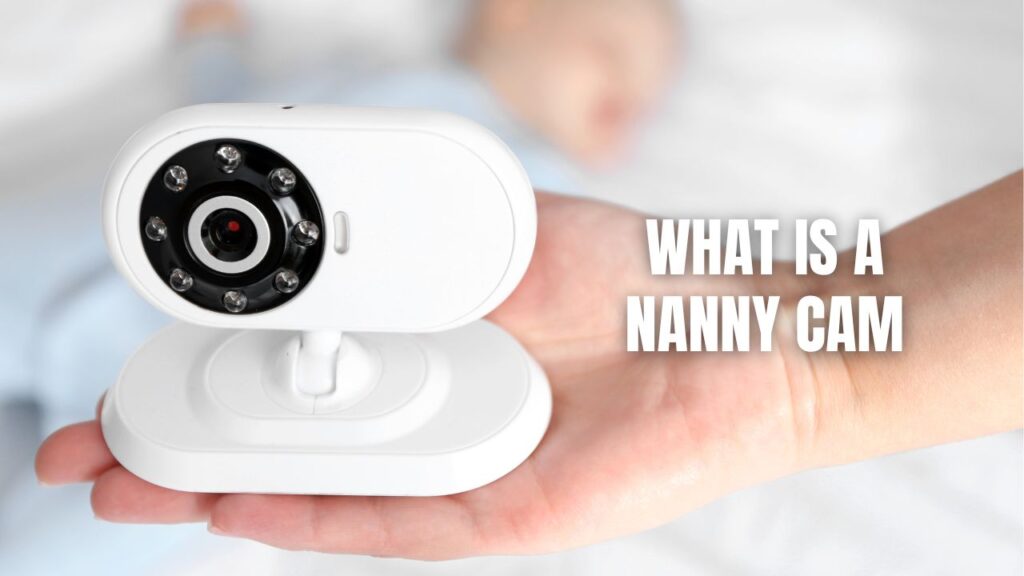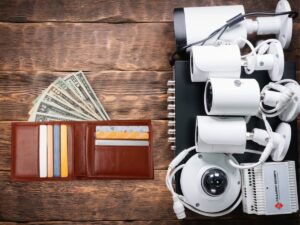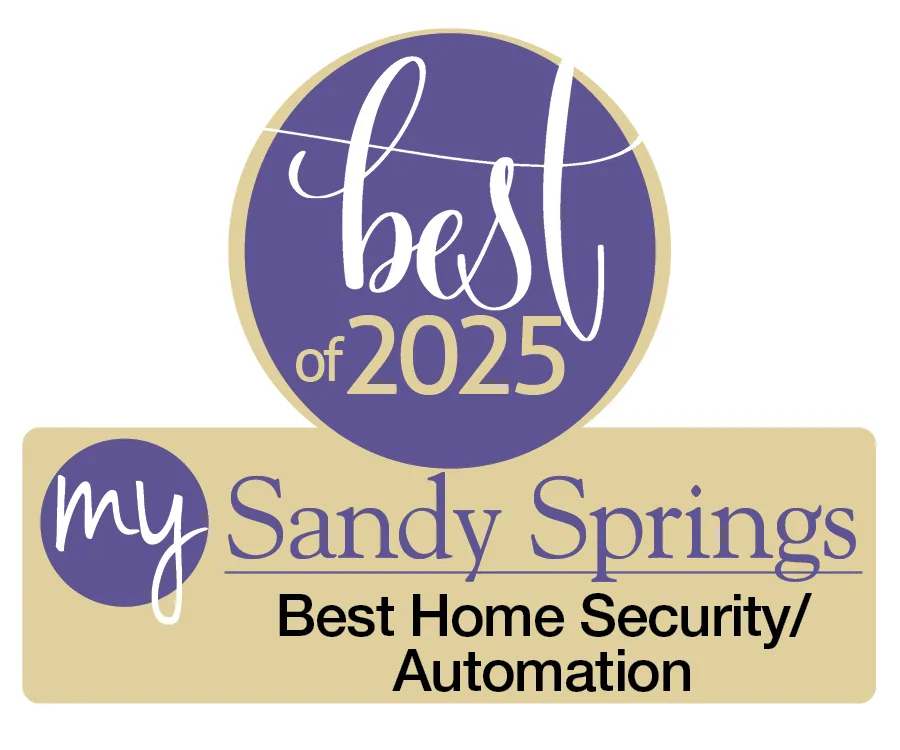A nanny cam is a discreet surveillance camera used by parents to monitor their children and caregivers in their absence. These cameras, often hidden in everyday household objects, provide real-time or recorded footage to ensure child safety and assess caregiver behavior.
As parents, ensuring our children’s safety is always a top priority. With changing work schedules and the need for childcare, many of us rely on nannies or babysitters. A nanny cam helps us keep an eye on our little ones while maintaining peace of mind. These small security cameras blend seamlessly into our home environment, allowing us to monitor interactions between caregivers and children without being intrusive.
Key Takeaways:
- Nanny cams are discreet surveillance cameras designed to monitor childcare providers and children.
- They come in hidden or visible forms, offering different levels of transparency.
- Live streaming and remote access enable parents to monitor footage in real-time.
- Motion detection and alerts notify parents of unexpected activity.
- Legal considerations vary by state, particularly concerning audio recording.

How Nanny Cams Work
Hidden vs. Visible Cameras
Hidden Nanny Cams
- Embedded in objects like teddy bears, picture frames, or clocks.
- Designed to be unnoticed by caregivers.
- Primarily used when parents suspect issues with childcare.
Visible Nanny Cams
- Openly installed in common areas like nurseries or playrooms.
- Serve as both a security device and a deterrent.
- Encourage transparent caregiver behavior.
Key Features of Nanny Cams
| Feature | Description |
|---|---|
| Remote Access | Allows parents to view footage via smartphone or computer. |
| Two-Way Audio | Enables real-time communication with caregivers and children. |
| Motion Detection | Alerts parents when movement is detected. |
| Night Vision | Provides clear footage in low-light conditions. |
| Cloud or Local Storage | Stores recorded footage for later review. |
Benefits of Using a Nanny Cam
Ensuring Child Safety
- Parents can check if their child is being well cared for.
- Helps identify potential dangers in the environment.
Monitoring Caregiver Behavior
- Ensures that nannies or babysitters follow household rules.
- Provides accountability in case of misconduct or neglect.
Peace of Mind
- Gives parents reassurance when away from home.
- Allows for real-time check-ins with live streaming features.
Legal Considerations of Nanny Cams
Is it Legal to Use a Nanny Cam?
Yes, nanny cams are legal for video surveillance in most states. However, audio recording laws vary.
Where Can You Legally Place a Nanny Cam?
- Allowed: Living rooms, playrooms, nurseries (non-private areas).
- Restricted: Bathrooms, bedrooms of live-in nannies (private spaces).
Audio Recording Laws
- Some states require two-party consent before recording audio.
- Other states allow one-party consent, meaning only the recorder needs to agree.
- Always check state regulations before enabling audio recording.
Choosing the Right Nanny Cam
Factors to Consider
- Purpose: Do you need discreet monitoring or an open security system?
- Connectivity: Wi-Fi-enabled cameras offer remote access, while offline models store footage locally.
- Power Source: Battery-operated cameras offer flexibility, while wired models provide continuous recording.
Best Nanny Cam Options
| Camera Type | Best For |
|---|---|
| Hidden Cameras | Discreet monitoring |
| Wi-Fi-Enabled Cameras | Remote access and live streaming |
| Motion-Activated Cameras | Alerts when movement is detected |
| Two-Way Audio Cameras | Communication with caregivers and children |
Ethical Considerations of Using a Nanny Cam
Trust vs. Surveillance
- Openly discussing the use of a visible nanny cam fosters trust.
- Secretly recording caregivers may create ethical dilemmas.
Privacy Concerns
- Caregivers deserve reasonable privacy while working.
- Over-monitoring may damage the trust between parents and nannies.
- Balancing safety and respect is key to ethical use.
Additional Information About Nanny Cams
- Many modern nanny cams integrate with smart home systems for enhanced security.
- Some models include AI-powered motion detection to distinguish between people and pets.
- Nanny cams are sometimes used for elder care monitoring to check on aging parents.
FAQs
Are nanny cams the same as baby monitors?
No, while both devices allow monitoring, baby monitors are primarily used for audio and video surveillance in nurseries, while nanny cams focus on observing caregivers and children.
Do nanny cams record all the time?
It depends on the model. Some record continuously, while others activate with motion detection to save storage space.
Can I use a nanny cam without Wi-Fi?
Yes, some nanny cams store footage locally on SD cards or external drives, making them usable without an internet connection.
How do I inform my nanny about a nanny cam?
It’s best to be transparent and include a nanny cam clause in the employment agreement. Visible cameras create an open and trusting environment.
Can a nanny sue me for using a nanny cam?
If the camera is used legally (in non-private areas), a lawsuit is unlikely. However, unauthorized audio recording or hidden cameras in private spaces could lead to legal issues.
Should You Get a Nanny Cam?
A nanny cam is a valuable tool for ensuring child safety, monitoring caregivers, and giving parents peace of mind. However, it’s essential to consider legal guidelines, ethical concerns, and trust dynamics before installing one. By choosing the right type and using it responsibly, we can balance security and privacy while keeping our little ones safe.
Contact Callaway Security™ to learn more.











